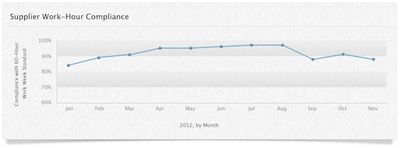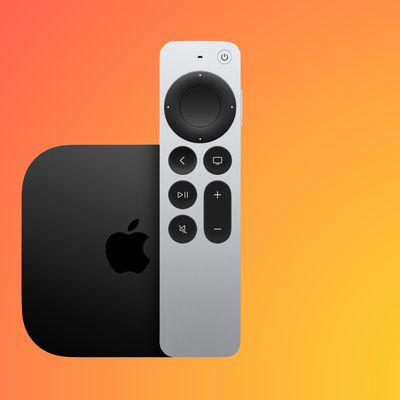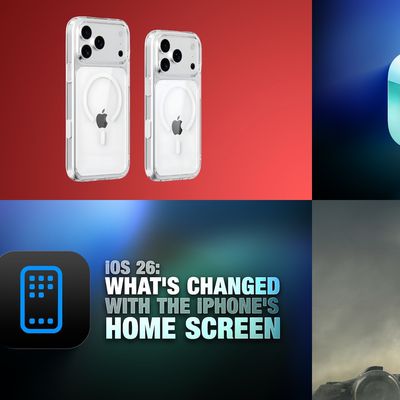Apple Now Tracking Working Hours for Over One Million Supply Chain Employees
Apple has updated its supplier responsibility pages to note that it is now tracking working hours for one million employees in its supply chain, up from 900,000 at its previous update.
Compliance with Apple's 60-hour work week standard stood at 88% in November, below the peak of 97% reached in July and August. Apple notes, however, that it allows the normal 60-hour standard to be exceeded during period of high demand if workers volunteer for the additional time. That policy seems to have had an impact on overall compliance over the past three months, coinciding with Apple's major product ramps for the iPhone 5, iPad mini, fourth-generation iPad, updated iPods, and a number of new Mac models.
Going deep into our supply chain, we now follow weekly supplier data for over 1,000,000 workers. In November 88 percent of workweeks were less than the 60-hour maximum specified in Apple’s code of conduct. In limited peak periods, we allow work beyond the 60 hour limit for those employees that volunteer to do so.

Apple reports that with one million supply chain workers now being tracked through the system, the company has doubled its coverage since early this year when it began a new initiative to more openly address worker rights and safety throughout its supply chain. Apple has also partnered with the Fair Labor Association to provide third-party monitoring of conditions.
Popular Stories
A new Apple TV is expected to be released later this year, and a handful of new features and changes have been rumored for the device.
Below, we recap what to expect from the next Apple TV, according to rumors.
Rumors
Faster Wi-Fi Support
The next Apple TV will be equipped with Apple's own combined Wi-Fi and Bluetooth chip, according to Bloomberg's Mark Gurman. He said the chip supports ...
Apple will launch its new iPhone 17 series in two months, and the iPhone 17 Pro models are expected to get a new design for the rear casing and the camera area. But more significant changes to the lineup are not expected until next year, when the iPhone 18 models arrive.
If you're thinking of trading in your iPhone for this year's latest, consider the following features rumored to be coming...
Apple's next-generation iPhone 17 Pro and iPhone 17 Pro Max are only two months away, and there are plenty of rumors about the devices.
Below, we recap key changes rumored for the iPhone 17 Pro models.
Latest Rumors
These rumors surfaced in June and July:A redesigned Dynamic Island: It has been rumored that all iPhone 17 models will have a redesigned Dynamic Island interface — it might ...
The long wait for an Apple Watch Ultra 3 is nearly over, and a handful of new features and changes have been rumored for the device.
Below, we recap what to expect from the Apple Watch Ultra 3:Satellite connectivity for sending and receiving text messages when Wi-Fi and cellular coverage is unavailable
5G support, up from LTE on the Apple Watch Ultra 2
Likely a wide-angle OLED display that ...
iPhone 17 Pro and iPhone 17 Pro Max models with displays made by BOE will be sold exclusively in China, according to a new report.
Last week, it emerged that Chinese display manufacturer BOE was aggressively ramping up its OLED production capacity for future iPhone models as part of a plan to recapture a major role in Apple's supply chain.
Now, tech news aggregator Jukan Choi reports...
The iOS 26 public beta release is quickly approaching, while developers have recently gotten their hands on a third round of betas that has seen Apple continue to tweak features, design, and functionality.
We're also continuing to hear rumors about the iPhone 17 lineup that is now just about right around the corner, while Apple's latest big-budget film appears to be taking off, so read on...



















